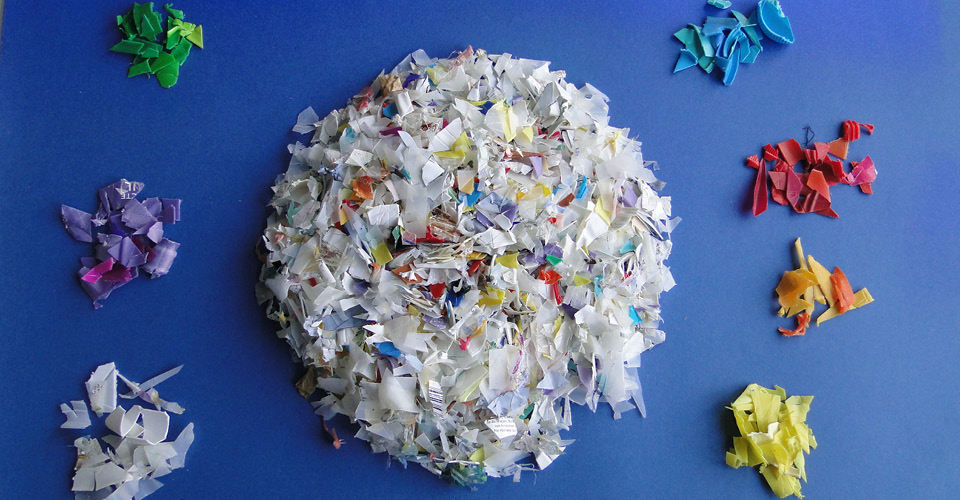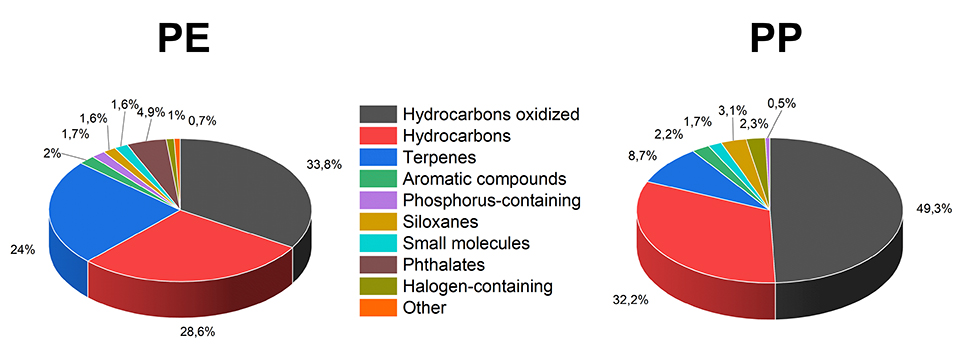Innovative recyclates promote high-quality circular economy

ANALYSIS OF SORTED PE AND PP WASTE

Alongside polyethylene terephthalate (PET), polyethylene (PE) and polypropylene (PP) are the most commercially relevant plastics with the broadest application portfolios. After passing through their first life cycle, these products either end up in the yellow garbage can or are collected, together with residual waste, and constitute post-consumer waste. A key challenge in the targeted development of recycled plastics from this material stream is to determine in detail the changing chemical compositions of sorted PE and PP waste, depending on their geographical origin and collection period. In contrast to virgin materials, the identification and quantification of minority components (e.g. odor-causing volatile components or impurities with other polymers) plays a significant role, since even in small quantities these can reduce the quality of the recyclate and thus restrict its application. Here, there is a great need for development in the analytical workflow on a time- and resource-efficient characterization of polymeric and non-polymeric impurities in the polymer matrix.
The analysis of PE and PP waste streams has additional challenges in contrast to that of virgin PE and PP, e.g., their inhomogeneity in impurities and aging effects. Complicating matters further is the fact that most analytical methods only require sample quantities in the milligram range, and thus do not capture inhomogeneities within a waste stream. However, for the processing of waste streams it is of great importance that the analytical results are representative for the entire waste batch. For this reason, the Fraunhofer LBF developed customized sampling and preparation strategies that ensure an optimization of representativeness while taking statistics into account.
In the case of recyclates from post-consumer waste, a broad spectrum of impurities and degradation effects is generally to be expected, which poses a great challenge to analytics. This requires in-depth characterization, which can only be achieved by a wide range of methods (chromatography and its coupling with spectroscopic and spectrometric detectors, thermal analysis, moisture and elemental analysis). In addition, application-oriented mechanical tests such as tensile testing and melt rheology are carried out on injection molded test specimens. With the inclusion of multivariate evaluation methods, it was thus possible to comprehensively analyze a wide range of PE and PP waste streams and evaluate them in terms of quality for reuse.

The recyclate analytics developed at Fraunhofer LBF are also suitable for other waste stream types, such as polystyrene (PS). In addition, regulatory concerns and processing obstacles can be addressed with the analysis of non-polymeric impurities. This opens up new perspectives for recyclate developers and processors, who can use the results in their material and process development.
